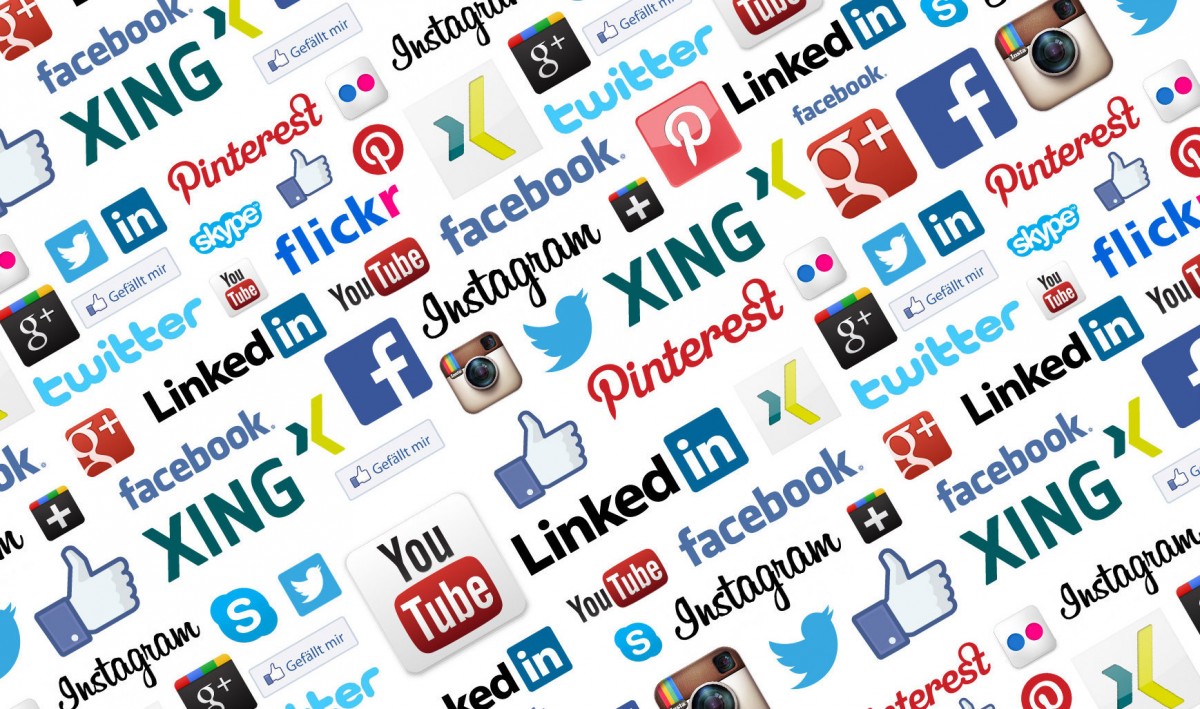Dutch artist Theo Jansen has created what he posits is a new group of living creatures through his art: the Strandbeests, walking sculptures of lightweight plastic tubing, that “feed” off windpower and spend their natural lives frolicking in the tidelines of northern beaches!
Strandbeests can be quite complicated in structure, but their operation is straightforward: wind caught in the sail-like fins on the sculptures’ backs oscillates their (many!) legs and allows for side-to-side movement. The Strandbeests live on the damp sand of beaches; intake pipes detect when they venture too far into dunes or water, causing them to careen the other way to keep themselves safe.
The creations really need to be seen in action: check out the artist’s website here for video evidence. They do look very much alive — and that is what intrigues me most about this project. Jansen envisions creating whole herds of these sculptures, and setting them free on beaches where they will live out their natural “lifespans” feeding and journeying. He also considers them to have a primitive “brain:” the step counter that helps a Strandbeest remember where it last encountered water. Could these sculptures actually be considered living things, by this definition? It would be a different kind of artificial life than that which we are used to contemplating — and perhaps dreading — more peaceful, and environmentally attuned, perhaps? It’s interesting to contemplate, and life-form or no, admire as sculptural art.
Via the always fascinating BoingBoing comes news of a neat new Microsoft Cognitive Services app — one which interprets the visual world and its unique information for users who are visually impaired or are blind.
It’s called Seeing AI, and it integrates into not only your standard smartphone, but into a convenient pair of sunglasses. These the user can tap to take a photo of their surroundings, and the app will do its best to describe what is going on (endearingly starting its statements with “I think it’s…”).
One of the developers of Seeing AI, Saqib Shaikh, is featured in a cool video demonstrating the app’s capabilities — which he knows intimately as builder and as front-line user, as he is also blind. (link to audio-description version of the video here)
Watching Shaikh snap a photo of a restaurant menu and ask the app on his phone to read it to him is one of those moments when I feel like we’re genuinely living in the future! Plus, I think it’s the best use of our amazing technological developments to boost accessibility, and improve the day-to-day lives of all users. For example, where Google Glass was mainly gee-whiz-isn’t-that-cool, Seeing AI’s sunglasses have a distinct and dedicated purpose. That is what makes this innovation one to watch (however you do it!) to me.

Folk wisdom has established strong links between psychopathic tendencies and success in business — it seems almost intuitive that someone who is charming, good at taking the credit, and who experiences no remorse would make a great CEO!

A team from Université du Québec à Trois-Rivières has sought to standardize the identification process for workplace psychopaths, and quantify those miserable health repercussions for workers. The team has confirmed the current identification test, the B-Scan 360, which rates a subject in four antisocial behaviour categories of five traits each. (Click here for the full list.)
The researchers then analyzed how psychopathic bosses affected their workers in both the public and private (specifically financial) sectors. They found some intriguing differences:
“Within the public sector, perceived psychopathy of managers directly predicted psychological distress. In the financial settings, psychopathy predicted distress only indirectly, via [a] common link to work-family conflict. It is possible that in the private sector, employees are more accepting of supervisors who exploit or manipulate them, because they’ve come to expect such treatment.”
The team also found data to complicate their conclusions, including the fact that there were more women in their financial sector group than in the public group — women who may have felt more pressure to keep family life in balance with their work, and whose psychopathic bosses may have given them more trouble over it than the men in the sample.
For those of us who work away from traditional offices, worrying about a psychopathic boss might not enter into our day-to-day lives. But, if your workplace has bosses, it may be handy to keep the B-Scan 360 around to periodically check in with. If you are a boss, it may prove even handier — after all, a functional, welcoming workplace environment is important for everyone.

We at DFC are huge advocates of the positive powers of social media: it does things like help foster connections between individuals, aggregate audiences for artistic works or political movements, and generate fun memes that bring joy to all (who love Ryan Gosling!).
But social media does have an acknowledged dark side: it can be a haven for bullies, and is often tapped to collect information on its users, for reasons both obvious and disconcerting.
A team out of the Center for Research on Media, Technology and Health at the University of Pittsburgh has shown that the more active a young adult is on social media, the more likely they are to experience depression. This news may add another point in either of social media’s positive or negative columns.
The team asked a sample of American young adults to complete questionnaires related to their use of the top 11 social media platforms (including Twitter, Facebook, Instagram, and Reddit), and also tested them (with an established scale) for depression. They found:
“significant and linear associations between social media use and depression whether social media use was measured in terms of total time spent or frequency of visits. For example, compared with those who checked least frequently, participants who reported most frequently checking social media throughout the week had 2.7 times the likelihood of depression. Similarly, compared to peers who spent less time on social media, participants who spent the most total time on social media throughout the day had 1.7 times the risk of depression. The researchers controlled for other factors that may contribute to depression, including age, sex, race, ethnicity, relationship status, living situation, household income and education level.”
Due to the nature of the study, the relationship between social media and depression was not proven to be causative either way — that is, whether depression prompted heightened social media activity, or is exposing oneself to perfectly photographed breakfasts or vacations or life causes the malady. But now further research can be pursued, and we can continue to vindicate or vilify social media as needed!